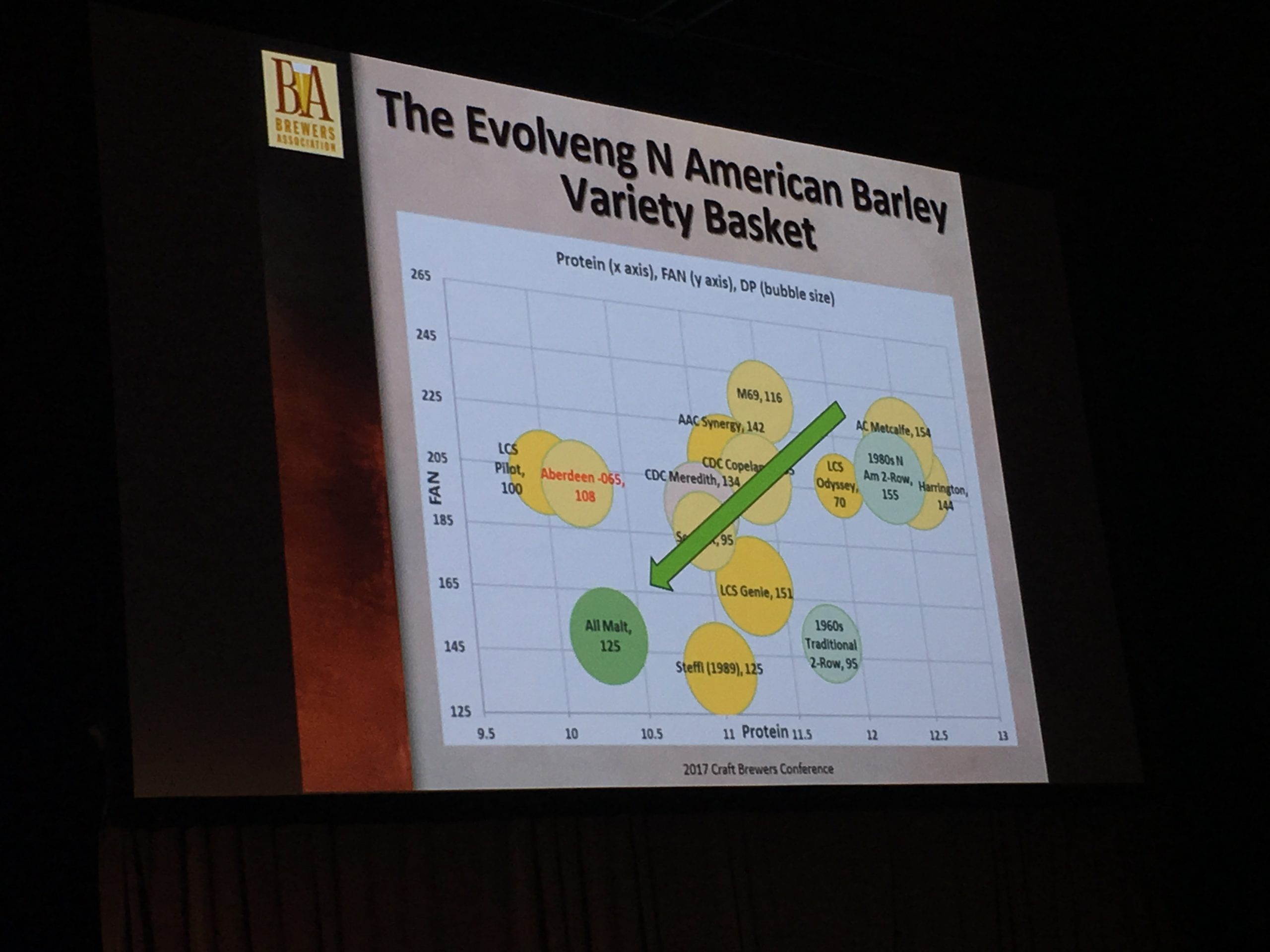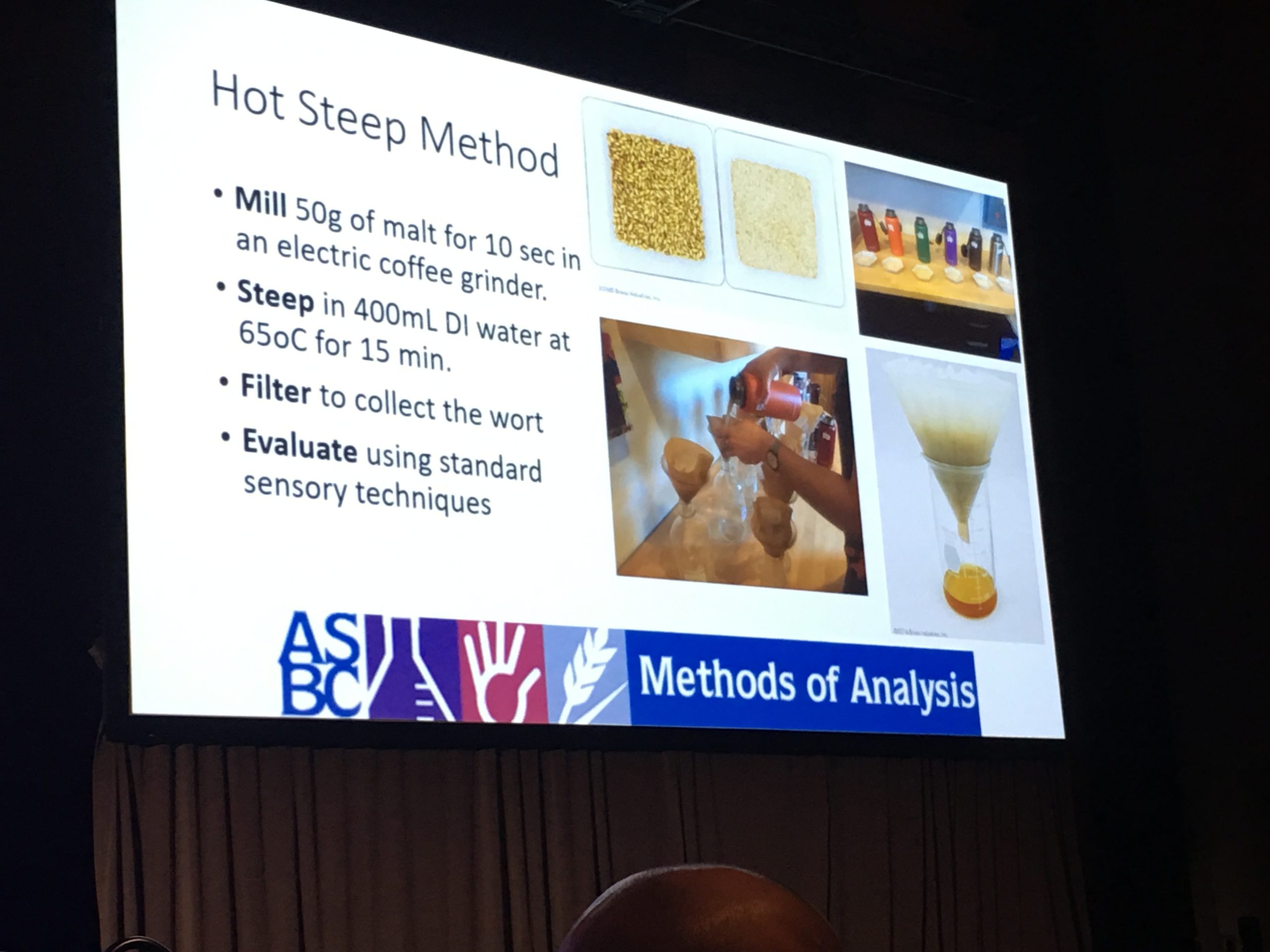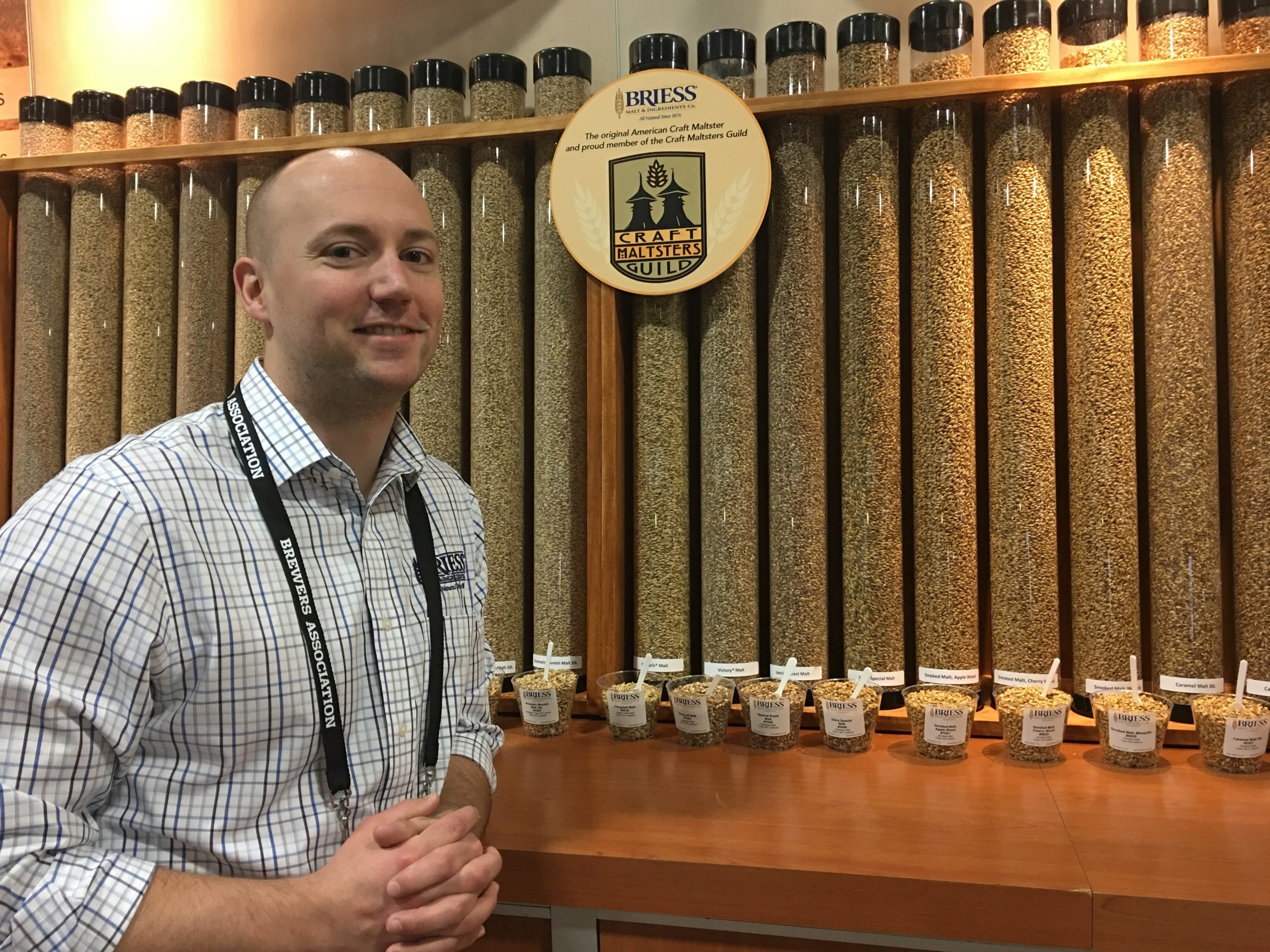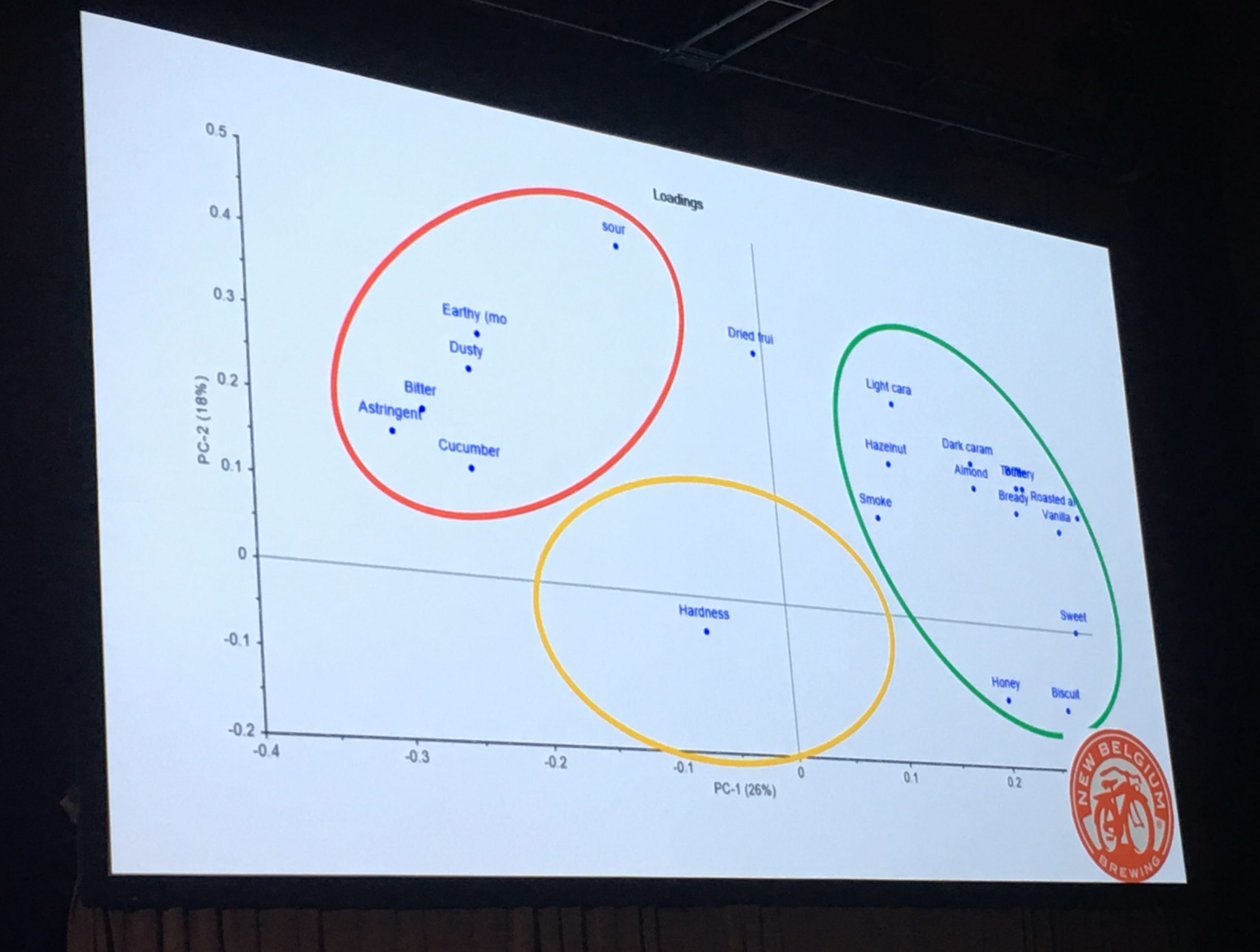
It’s a very exciting time for malt in the brewing industry. There is growing interest and increased research on malt. This year alone, the Brewers Association (BA) is donating $328K in grants to 12 barley and malt programs across 10 states, including North Carolina, Nebraska, Vermont and Virginia. These programs include studies on barley breeding, varietal development, sustainability and malt flavor origins, to name a few. Additionally, many commercial companies, including Briess, are investing large sums in barley and malt research.
Development in flavors from barley varieties
We recognize that the flavor experience is important to the end user and that flavor is developed from a variety of factors, from the barley variety used and the region grown, from the malting process to things such as proper storage and the age of the malt. Previously, and surprisingly, it was not an industry standard to consider flavor as a factor when selecting a new barley variety for growing and malting. Now, in addition to looking at things such as S/T, protein, Alpha Amylase, FAN, etc., flavor is becoming an increasingly important factor in the selection process when looking at new malting varieties.

A standard in flavor
But let’s take a step back. Before one can consider flavor as a factor in a scientific study, you must first identify a standard evaluation method and use a common language to describe the flavors being experienced. This is where Briess’ Cassie Liscomb partnered with the American Society of Brewing Chemists (ASBC) to create the breakthrough Hot Steep Method for a standard method for sensory evaluation of extractable malt flavors and aromas. The team spent countless hours to develop this repeatable, standardized method that breweries and malting industry affiliates can use to evaluate the flavors in the malt. This is a key component to understanding flavors when assessing barley varieties and their influence on flavor. Now, they are working on developing a flavor lexicon for malt styles, starting with pale malts.


Note: Interested in learning more about the Hot Steep Method? Click here for a PDF of the “ASBC Hot Steep Malt Sensory Method” instructions.
Pilot malting to discover ideal attributes
The next step in appraising the flavors contributed by the barley variety is to pilot malt each variety and evaluate its efficiency, malthouse performance and assess the attributes developed during the malting process. This is where Briess’ Jordon Geurts comes into play. In coordination with the BA, North Dakota State University and New Belgium Brewing Company, Jordon has been malting small batches of barley at Briess and recording data for the last 15 months. Pilot malting is critical before exerting resources on a full batch of malt that could range from 48,000 pounds of malt to 373,000 pounds of malt. Micro malting is essentially like pilot brewing and may use a little as 2 pounds of barley per batch.



Jordon studied 3 varieties of barley, using as many as 16 different recipes to measure how each variety takes in water, which is critical for developing a steep pattern, germination rate and schedule, and kiln process to maximize flavor within the grain. During these trials, Jordon also evaluated the varieties for protein, low and high color potential (which is needed for caramel malts), diastatic power, and hull retention. After these studies were performed, Jordon analyzed the data to identify which barley varieties had desired traits the brewers and maltsters were looking for from an efficiency and quality standpoint. Then it was time to do a flavor sensory analysis and compare the varieties based on flavor.
This data is interesting because it begins to reveal correlations between the malts flavor attributes and physical makeup. The team then charted the barley varieties and their physical characteristics and flavor profiles to identify which varieties had the most desirable traits.

The research is ongoing, but these initial studies provide a strong foundation for understanding flavor development in barley varieties. Stay tuned to the Brewers Association for when they release the complete CBC presentation on “The search for a public malting barley variety better suited for all malt brewing” presented by Lindsay Bar (Sensory Specialist at New Belgium Brewing Company), Jordon Geurts (Technical Service Associate at Briess), Paul Schwarz (Professor at North Dakota State University), and Chris Swersey (Supply Chain Specialist at the Brewers Association).


